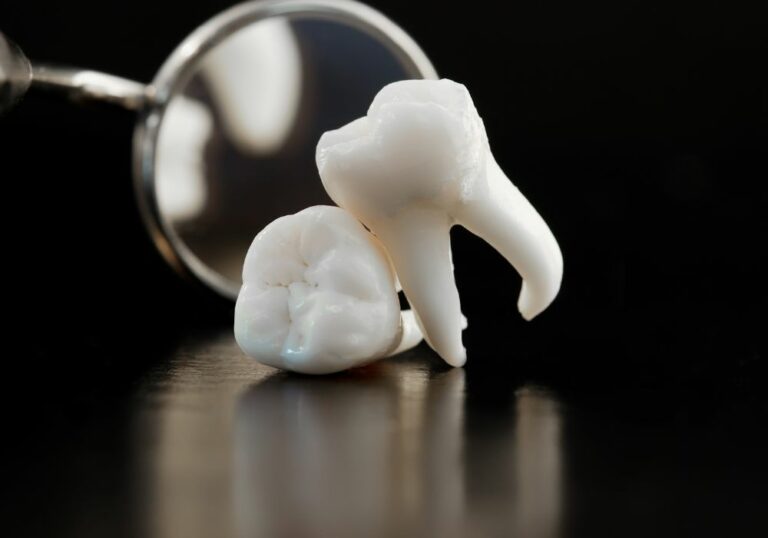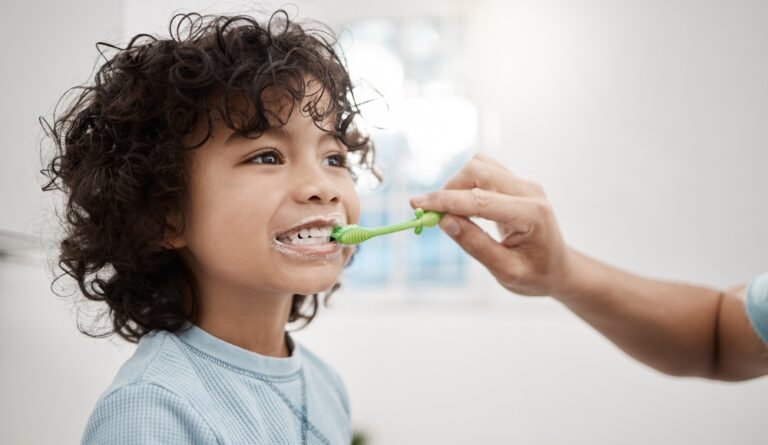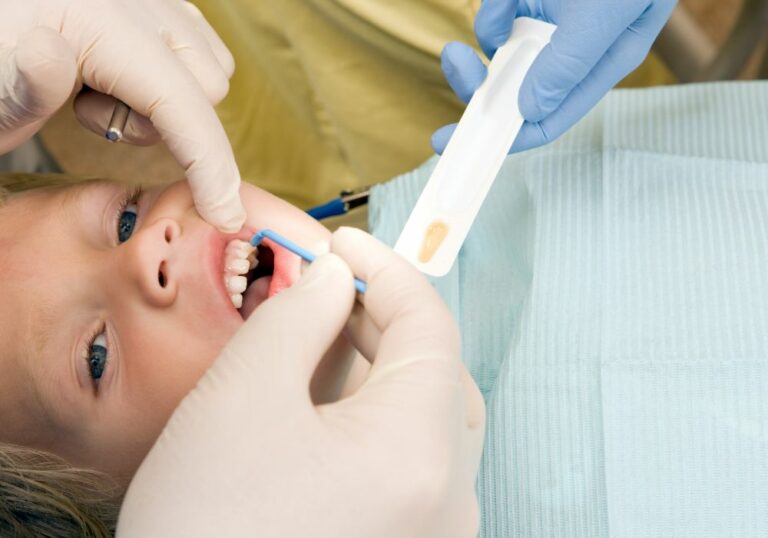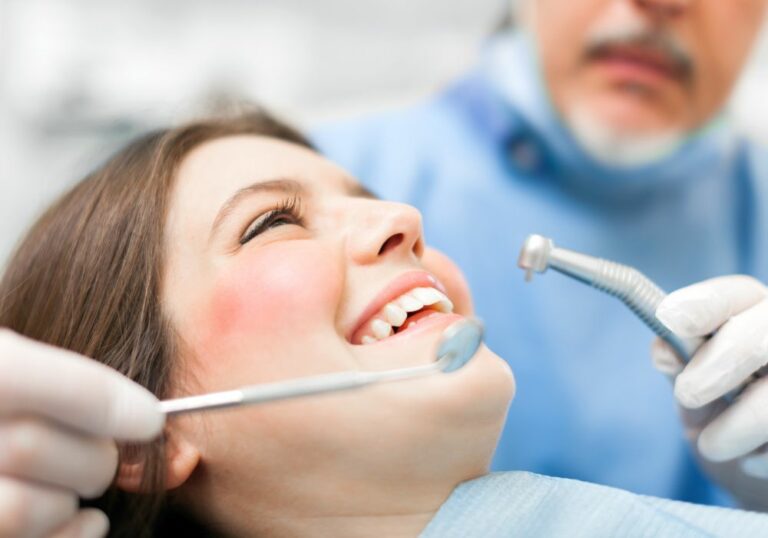Having a bright white smile is considered desirable by many. Some people naturally have sparkling white teeth, while others have more yellowed and dull teeth. What causes this variation in tooth color that is present from birth? The natural shade of teeth is determined primarily by genetics. Several key factors that are set before and shortly after birth give some people whiter teeth.
Enamel thickness and properties
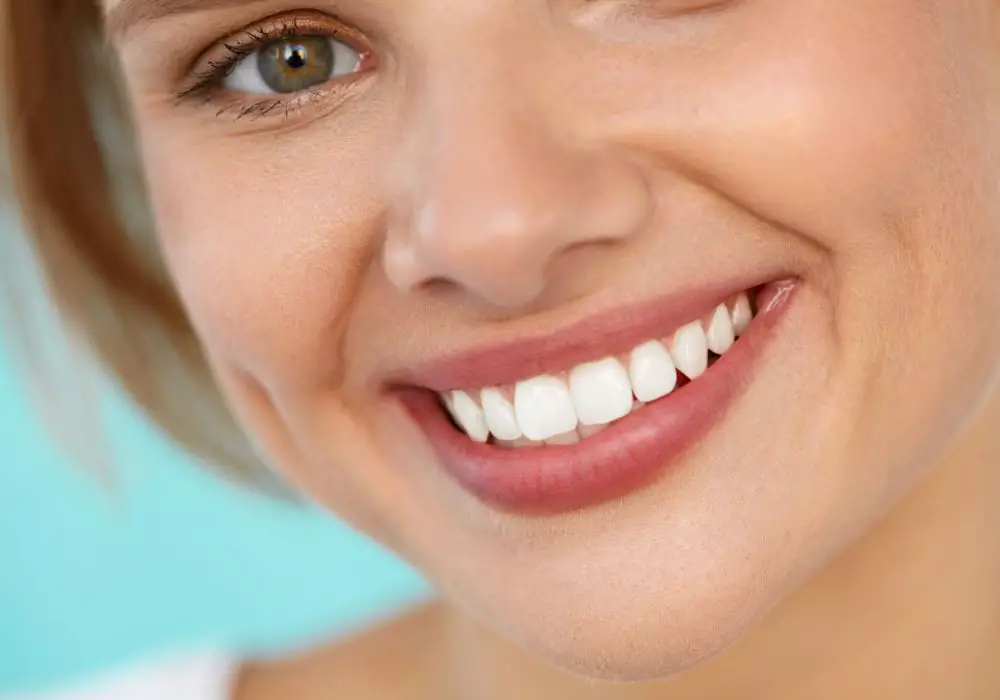
The thickness and mineral content of tooth enamel is a major determinant of natural tooth color. Enamel is the hard, protective outer layer of the tooth. It has a whitish hue due to its high mineral content, particularly hydroxyapatite crystals.
People with thicker enamel over the underlying dentin layer tend to have whiter teeth. Enamel thickness varies naturally between people, as it is genetically determined during childhood dental development. Some people simply have teeth with thicker enamel, especially in the front visible teeth.
Enamel thickness ranges normally from .1 to .5 mm, with the back teeth having thinner enamel. Enamel is thickest when the teeth first erupt, then slowly wears down over time from everyday use and chewing pressures. Younger people have whiter teeth partially due to having greater enamel thickness before wear occurs.
Beyond thickness, the intrinsic light reflectance and opacity of enamel also affects color. More opaque, light-diffusing enamel appears whiter. Enamel opacity is related to its mineral composition and crystalline structure. Some people have more naturally opaque enamel genetically.
Dentin composition
Dentin is the soft, bony tissue layer that makes up the bulk of the tooth beneath the enamel. Unlike enamel, dentin has a pale yellowish hue due to its lower mineral but higher protein and collagen content.
Dentin ranges from light yellow to grey or brown in color between people. Individual variation in dentin color is genetically predetermined. Some people naturally have more intrinsically yellowish or darker dentin.
Dentin also has microscopic channels called dentinal tubules permeating it. These tubules can accumulate secondary minerals and become stained over time, increasing dentin darkness. The natural width of dentinal tubules is also genetically determined, affecting intrinsic dentin color.
As enamel thins with age, more of the underlying dentin shows through, causing teeth to appear more yellowed, especially at the gum line and between teeth. This gradual darkening and yellowing of dentin partially explains why teeth tend to become less white with aging.
Tooth size, shape and arrangement
Subtle variations in tooth size, shape and positional arrangement can also influence tooth color. Teeth that are smaller or thinner in size allow more of the yellowish dentin to show through, giving them a more yellowish cast.
Additionally, the specific contours and angularity of teeth affects how light is reflected off the enamel. Rounded or triangular teeth tend to reflect less light than square teeth with sharp line angles. Light is better scattered and reflected by flatter, broader tooth surfaces.
Finally, the spacing and crowding of teeth impacts perceived color. Well-aligned teeth with even spacing tend to look whiter than crooked, crowded teeth. This is because light can reflect off more of the enamel surface with proper tooth alignment. All of these factors are genetically predetermined.
Enamel translucency
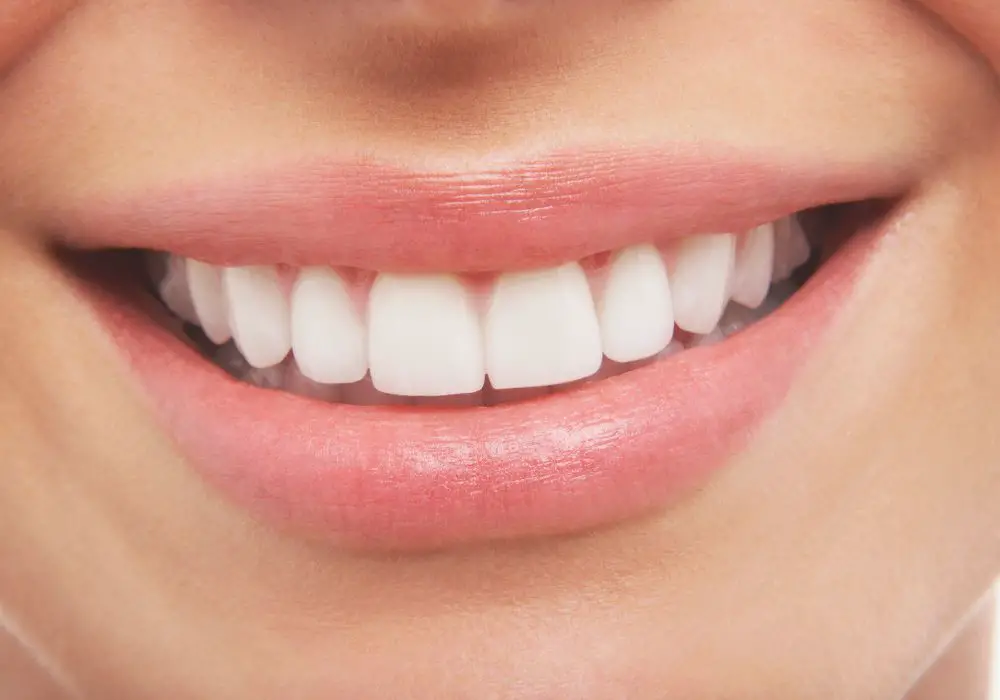
The enamel of teeth ranges from completely opaque to slightly translucent. More translucent enamel allows more light to pass through to the underlying yellow dentin, causing the tooth to look darker and less white.
Conversely, enamel that is more opaque blocks light transmission, giving it a whiter appearance. The degree of enamel translucency present in teeth is genetically set based on intricate structural differences influencing light scattering and absorption.
Enamel fluorescence
While not visible in daylight, some people’s enamel has the property of fluorescence under ultraviolet light. Their teeth may naturally emit a pale blue glow under UV sources. This fluorescence can make teeth appear slightly whiter and brighter in daylight as well.
In some cases, the enamel fluorescence is due to fluorosis, which is developmental enamel staining and mottling from early childhood overexposure to fluoride. The phenomenon results from changes in the crystalline composition and impurities in enamel hydroxyapatite caused by excess fluoride uptake.
Childhood nutrition and health
While genetics determine the inherent enamel and dentin traits that drive natural tooth color, some other early childhood factors can impact tooth development as well. Poor childhood nutrition, especially vitamin D and calcium deficiency or malabsorption disorders, can lead to underdeveloped enamel that is thinner and more yellow.
Serious illnesses or high fevers during childhood may also affect forming tooth buds and increase the likelihood of dental fluorosis. Trauma to baby teeth can damage underlying permanent tooth buds, resulting in enamel defects. These early childhood factors may reduce enamel thickness and whiteness later on.
Adult lifestyle and habits
Once teeth have fully mineralized, the natural color they emerge with is set. However, staining factors encountered throughout life can still darken enamel and gradually change its appearance. Diet is a major factor, as foods and drinks high in chromogens can adhere to enamel.
Coffee, tea, red wine, and berries are common culprits. Smoking is also extremely staining. Additionally, poor oral hygiene leads to build-up of yellowed plaque on teeth. While white spots on teeth are likely indicative of enamel fluorosis formed during childhood. External stains acquired later in life can make teeth appear more yellow, but do not change their inherent color.
Tooth wear and abrasion
As discussed previously, enamel naturally wears down over time from mastication forces and chemical erosion, becoming thinner. This allows more yellow dentin show through, especially along the gumline and between teeth. Habits such as nail-biting and using teeth as tools can also excessively wear down enamel thickness, as can bruxism (teeth grinding).
While these behaviors yellow teeth through thinning of the outer protective enamel layer, they cannot change the underlying genetic color of the enamel and dentin. But they do allow more inner tooth color to show through and become visible by removing the whitening effect of thicker enamel.
Tooth whitening treatments
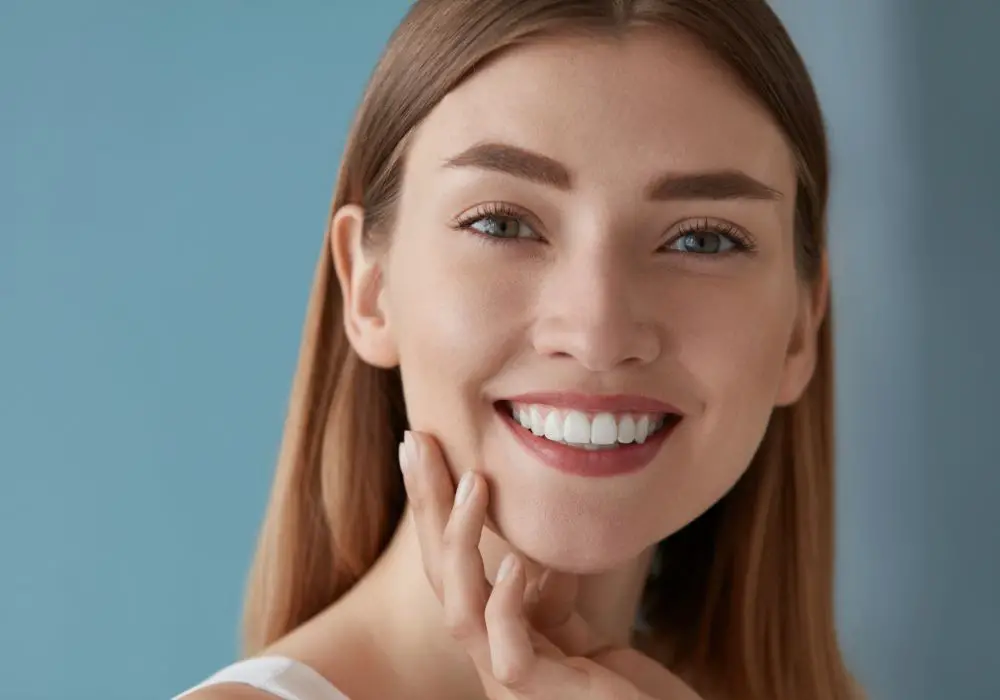
There are now many options to actively whiten and bleach teeth beyond their natural genetically determined color, including professional in-office whitening, custom-fitted trays, whitening strips, toothpastes, gels, and mouth rinses. Most work by using hydrogen peroxide or carbamide peroxide to oxidize organic stains in enamel and dentin.
However, these treatments only provide temporary whitening and do not change the innate color of enamel and dentin. Without regular reapplication, teeth gradually revert back to their original natural color over weeks to months as the effects wear off.
Conclusion
The natural color of teeth that are present from birth is primarily determined by genetics. Enamel thickness, enamel properties, dentin composition, tooth size and shape are all genetically predisposed. These factors drive intrinsic variations in tooth color seen between different people from an early age.
While some childhood health and adult lifestyle habits can lead to acquired staining and yellowing over time, they do not change the underlying genetic basis of tooth color. Whitening procedures and products can lighten teeth temporarily, but also cannot permanently alter innate enamel and dentin traits.
Understanding the key factors that make some people naturally prone to whiter teeth from birth provides insights into how best to keep your smile looking its bright white best with proper dental habits and hygiene. While genetics play a big role, there are still many options available to enhance your teeth’s whiteness beyond what nature gave you.

